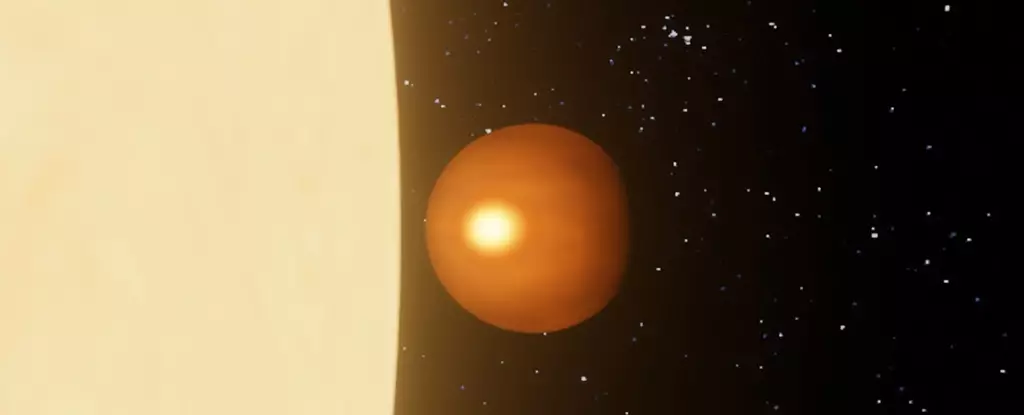Exoplanets have fascinated scientists and astronomers for decades. With the discovery of over 5,200 exoplanets since the 1990s, our understanding of these alien worlds has grown exponentially. These planets, which exist outside of our Solar System, come in a variety of sizes and compositions, from gas giants like Jupiter to rocky Earth-like planets. The search for exoplanets continues to evolve as telescopes and detection techniques become more advanced, opening up new possibilities for exploration.
One of the most extreme exoplanets discovered is WASP-76b. Located 640 light years away in the constellation Pisces, this ultra-hot gas giant has captured the attention of researchers around the world. With a dayside temperature exceeding 2,000 degrees, WASP-76b is tidally locked to its host star, leading to intense winds that encircle the planet. The unique environmental conditions of this exoplanet make it a fascinating subject of study for astronomers.
Recent research has shed new light on the environmental conditions of WASP-76b. A team of astronomers, including researchers from the University of Geneva, discovered evidence of intense iron winds in the atmosphere of the exoplanet. Using the ESPRESSO spectrograph on the European Southern Observatory’s Very Large Telescope, the team was able to study the chemical composition of the exoplanet’s atmosphere in unprecedented detail. By detecting emission lines in the spectrum, the researchers identified high levels of iron atoms moving from lower to upper layers of the atmosphere.
Studying exoplanet atmospheres, like that of WASP-76b, provides valuable insights into the diversity of environments on alien worlds. The extreme conditions of gas giants like WASP-76b offer a glimpse into the climates of planets exposed to intense radiation from their host stars. By decoding the chemical composition of exoplanet atmospheres, scientists can expand our understanding of the complexities of these distant worlds.
The discovery and study of exoplanets like WASP-76b offer a unique opportunity to explore the vast diversity of environments beyond our Solar System. As technology continues to advance, our ability to uncover the mysteries of these alien worlds will only increase. By delving into the bizarre and extreme conditions of exoplanets like WASP-76b, astronomers can expand our knowledge of the universe and our place within it.


Leave a Reply